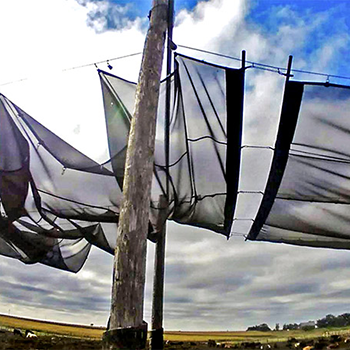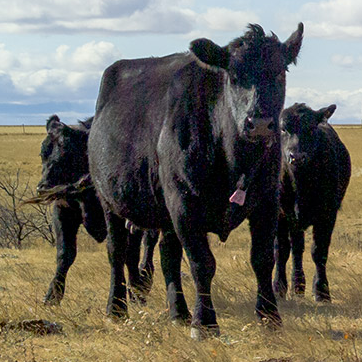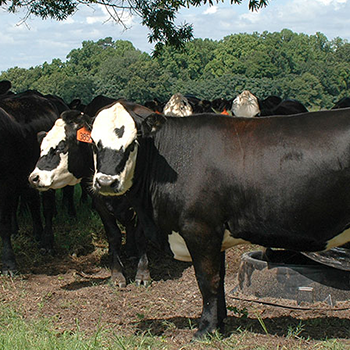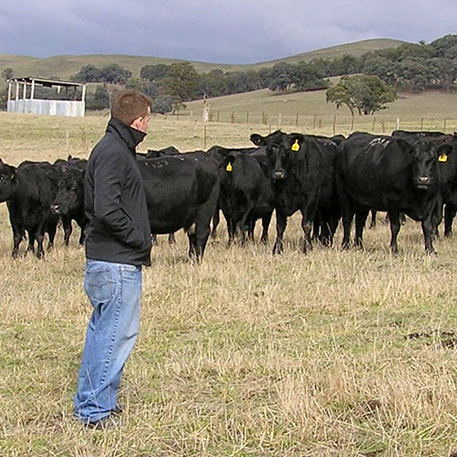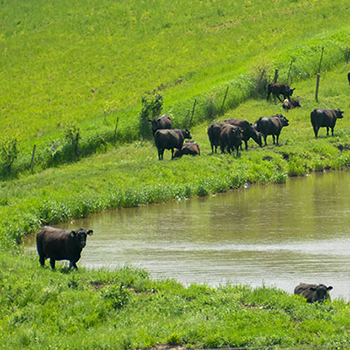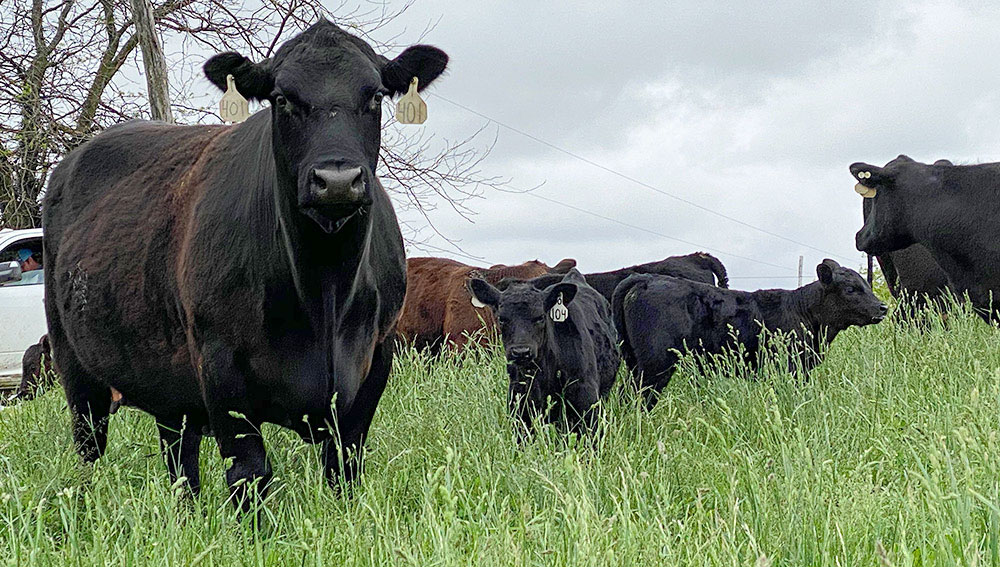
Association Launches Combined $Value Index
$C combines the two underlying breeding objectives that drive Angus’s maternal and terminal economic indexes.
The American Angus Association launched the new combined value ($C) dollar value index ($Value) May 29, 2020. $C is an economic selection index that aims to characterize profitability differences across the entire chain by combining the two underlying breeding objectives that drive the American Angus Association’s maternal and terminal economic indexes.
Expressed in dollars per head, $C includes all 15 traits involved in maternal weaned calf value ($M) and beef value ($B). The breeding objective that drives the $C model is built around a 500-head commercial cow herd that replaces 20% of its breeding females per year with replacement heifers retained within its own herd. The herd then retains ownership on the cull heifers and their steer mates through the feedyard and markets those cattle on a quality-based carcass-merit grid.
“The idea of combining maternal and terminal traits into one economic selection index allows a producer to make genetic progress in several different traits at once while accounting for the relationships among these traits, which may pull costs and revenues in different directions,” says Kelli Retallick, Angus Genetics Inc. (AGI) genetic service director. “For example, continuing to increase weaning weight, yearling weight and carcass weight results in more saleable product, increasing revenue; however, it also drives up input costs across other segments of the operation due to the positive correlation with cow size.”
Like all $Values, $C is composed of expected progeny differences (EPDs). The EPDs directly influencing $C are calving ease direct (CED) and maternal (CEM), weaning weight (WW), yearling weight (YW), maternal milk (Milk), heifer pregnancy (HP), docility (DOC), mature cow weight (MW), foot angle (Angle), claw set (Claw), dry-matter intake (DMI), marbling (Marb), carcass weight (CW), ribeye area (RE) and fat thickness (Fat).
“Essentially, what $C tries to accomplish is giving commercial cattlemen a way to select cattle that give them nearly all the horsepower that $B affords them, but puts the bumpers up around cow traits such as mature cow weight, docility and fertility, which affect costs associated with an individual operation,” Retallick says.
For more information about $Value indexes, visit https://www.angus.org/Nce/ValueIndexes.aspx.
Editor’s note: Rachel Robinson is the communications manager in the Communications Department of the American Angus Association. Photo by Kasey Brown.
